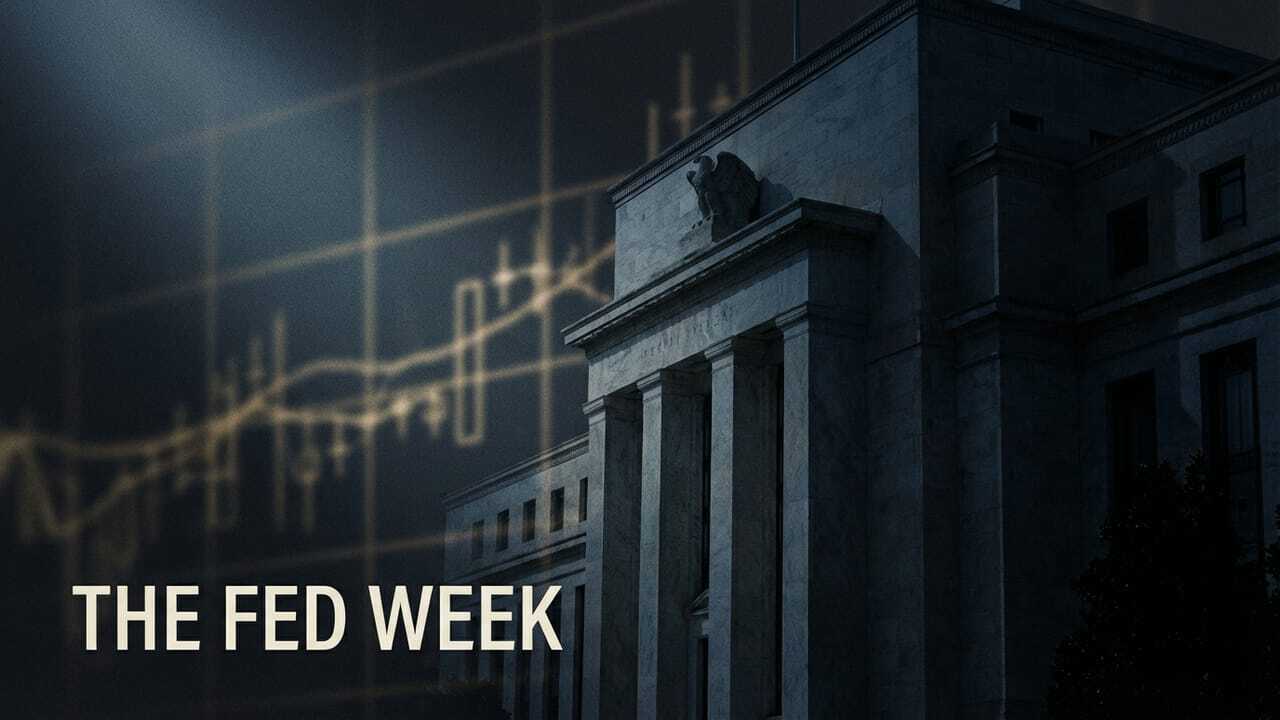
📢Good morning,
CoStar reports that U.S. commercial real estate values are stabilizing at the high end. In August, the value-weighted price index rose +1.3% month-over-month, marking the second consecutive monthly gain after years of decline. Smaller assets, however, remain under pressure.
📊 Quick Dive
Value-weighted index: +1.3% MoM in August; still –20% below 2022 peak.
Equal-weighted index (smaller deals): –0.1% in August, 4th decline in five months.
Transaction volume: $10.7B in August (+3.6% YoY), with distressed sales only ~2.7%

Tariff Hikes Push Construction Costs Higher
Cushman & Wakefield analysis finds tariffs are inflating materials by ~9% YoY, raising project costs +4.6%. Steel (+8.8%), aluminum (+13.7%), and copper (+6.9%) are driving budget stress. Nonresidential starts plunged –30% YoY in July, while total construction starts dropped –10%. Developers are delaying projects, though existing stabilized assets may benefit from reduced future supply.
Hospitality Workforce Surges Beyond Pre-COVID Levels
The U.S. leisure and hospitality sector now employs 2.1M more workers than in 2020 (+23.7%). Total headcount grew from 8.9M in 2020 to nearly 11M in 2024. Waitstaff roles rose +18% (+358k jobs), cooks +31% (+342k), bartenders +53% (+259k), and chefs +79% (+80k). Average wages have climbed +35% since 2020, now ~$23/hr, lifting costs even as staffing availability improves.
U.S. Hotels Face RevPAR Dip as Occupancy Slips
STR reports nationwide RevPAR fell –1.4% YoY for the week ending Sept. 20, 2025, as occupancy slid –0.7 points. ADR held nearly flat (–0.3% YoY). Major markets led the decline: Top 25 saw RevPAR –2.8%, with Houston and New Orleans plunging 20%+. Luxury hotels posted +1.3% growth, while Economy hotels lost ~5%, underscoring bifurcation by chain scale.

Operators face a mixed landscape: trophy pricing is stabilizing, tariffs are squeezing construction margins, and hospitality is fully staffed but costly. For investors, underwriting discipline is paramount — trophy deals may offer near-term upside, but smaller markets still lag. Developers must build in 5–10% contingencies and negotiate escalator clauses to weather tariff volatility. In hospitality, the real question shifts from staffing to sustained demand.

Watch Fed signals: stable Treasury yields could extend CRE’s tentative rebound.
Tariff pressures likely persist into 2026; monitor trade policy shifts for cost relief.
Hospitality labor growth is peaking, but wages will remain sticky.
U.S. hotels face flat-to-slightly negative RevPAR through fall; holiday travel will be the swing factor.

Moody’s Analytics / CBRE / CoStar, Trepp / Yardi Research + Moody’s Analytics






